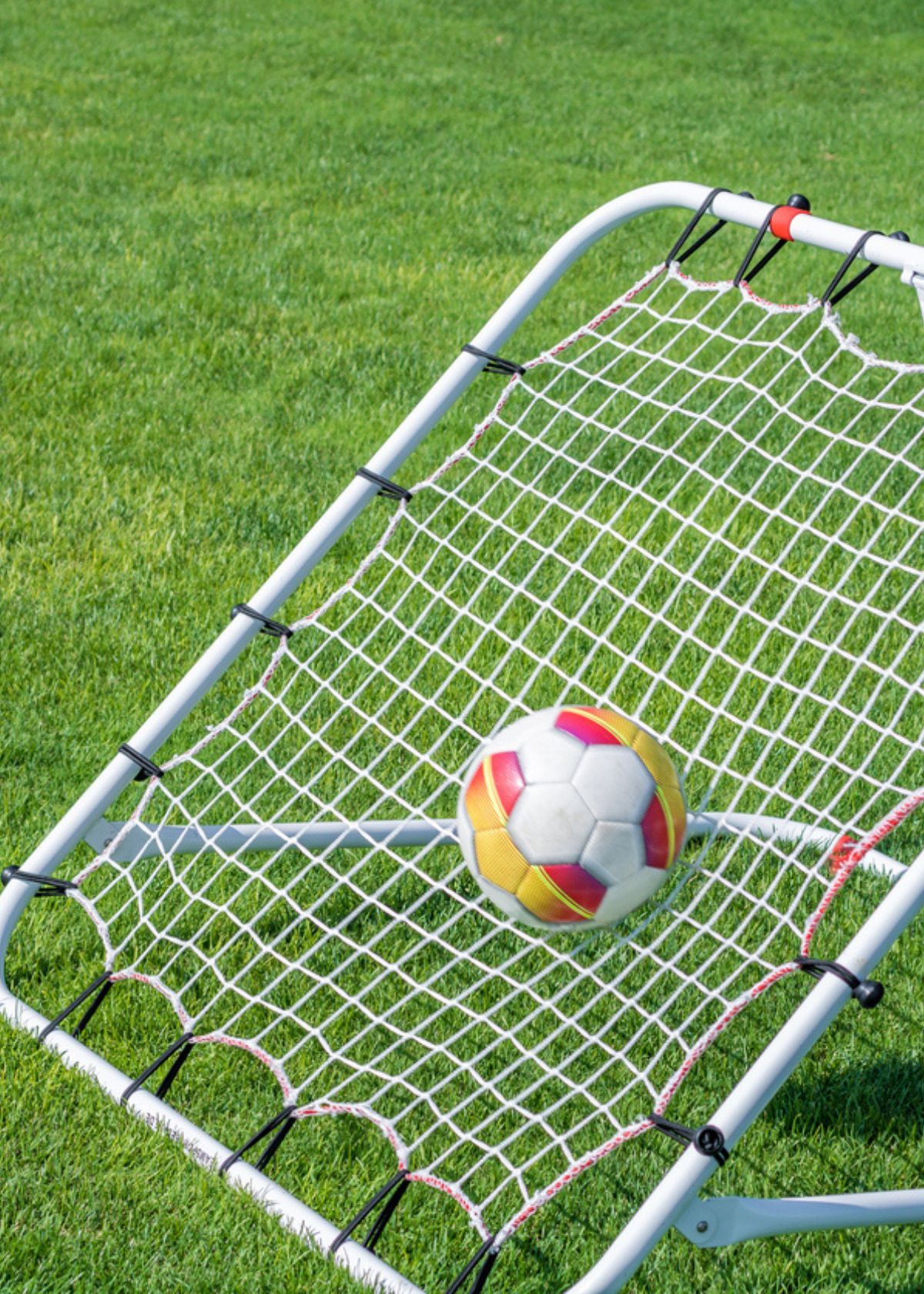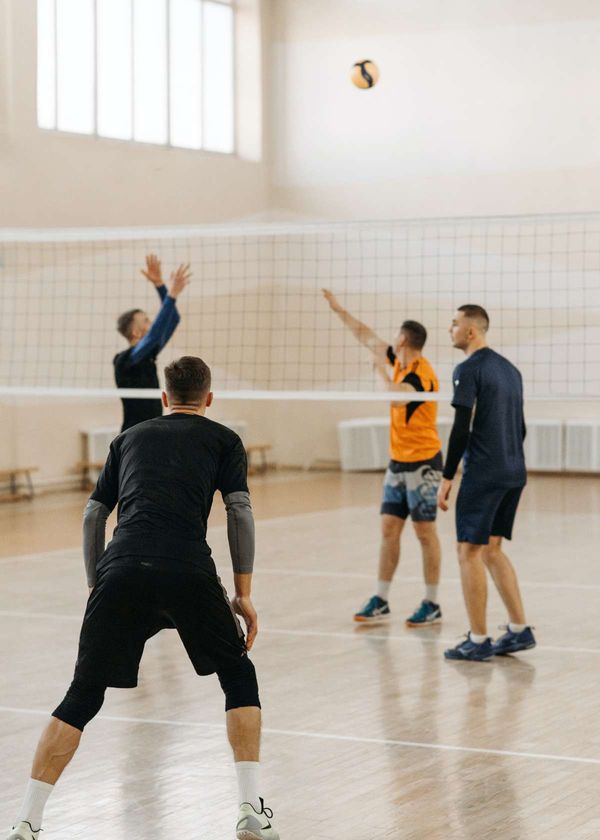Have you ever heard of nutmegging in soccer? If you’re new to the sport, you may not know what this term means. But for soccer enthusiasts, nutmegging is a unique skill that often gets the crowd on their feet.
Also known as panna, its origin is unclear, but this highly technical move is used to get the ball through the defender’s legs.
Nutmegging is described as a sneaky and stylish way to outdo an opponent, and we’ll detail everything you need to know about this soccer skill in this blog post.
The History and Origin of Nutmegging
Nutmegging is believed to have originated in England in the early 1900s. Back then, soccer balls were heavier and harder to control, so players had to rely on quick thinking and footwork to outwit their opponents.
According to some sources, nutmeg may also have Caribbean roots, hence its name. Soccer enthusiasts in the Caribbean used to refer to the move as "take it through macaroni".
The first recorded use of the word “nutmeg” to describe this move came in the late 1800s when it was used to describe the practice of passing a ball through an opponent’s legs in the game of cricket. In soccer, the move quickly caught on and became a staple of the sport.
Why is it called nutmegging in football?
While the origin of the move's name cannot be fully traced, it is believed to relate to nuts. Nutmeg comes from the nutmeg tree found in Indonesia. The nutmeg fruit has a hard shell, and the inner core holds a dark seed commonly known as the nutmeg.
When nutmeg was a trendy commodity in Europe, a popular practice for spice merchants was to substitute spice with wooden replicas to reduce their expenses. The term ‘nutmeg’ was consequently used to describe a deception or trick, as used in nutmegging.
How to Perform the Nutmeg Maneuver
Performing a nutmeg is all about timing and precision. To do it, you need to be able to quickly pass the ball between an opponent’s legs while they’re trying to block your shot or pass.
One way to set up a nutmeg is to fake a shot or pass in one direction and then quickly change direction and pass the ball between your opponent’s legs.
Another technique is to wait until your opponent is off balance or reaching out to block your shot, and then quickly pass the ball through their legs. It takes practice and skill to master this move, so keep practicing and experimenting until you get it right.
The Psychology of Nutmegging: Why It Works
Nutmegging works so well because it’s unexpected and embarrassing for the opponent. When you successfully nutmeg an opponent, you’re not just passing the ball through their legs – you're also getting into their head.
The move can demoralize your opponent and make them doubt their ability to defend against you. This can give you a psychological advantage on the field and make it easier to score goals. Nutmegging also brings the crowd to its feet, providing excitement for the fans.
Famous Nutmegging Moments in Soccer History
There have been many famous nutmegging moments throughout soccer history. One of the most iconic happened in the 2014 World Cup when Netherlands forward Arjen Robben nutmegged Spain’s Sergio Ramos and scored a stunning goal.
Another memorable nutmegging moment came in the 2006 Champions League final when Barcelona’s Ronaldinho nutmegged AC Milan’s Gennaro Gattuso and set up a goal for Samuel Eto’o. These moments show how effective nutmegging can be in taking down even the best defenders in the world.
What is a Nutmeg Goal in a Soccer Game?
A nutmeg goal is when a player scores a goal by passing the ball through an opponent’s legs. It’s one of the most exciting and satisfying ways to score a goal because it requires skill, precision, and a bit of luck.
When you score a nutmeg goal, you’re not just putting the ball in the back of the net – you’re also embarrassing your opponent in the process.
When to Use Nutmegging on the Field
Nutmegging is best used when the defender is not expecting it. Nutmegging can be a valuable tool in your soccer arsenal, but it’s not always the best option.
You should only attempt a nutmeg when you’re in a position to do so and have a clear opportunity to pass the ball through your opponent’s legs.
If you try to force a nutmeg, you may end up losing possession of the ball and giving your opponent an easy scoring opportunity.
What happens when you get nutmegged?
Getting nutmegged can be embarrassing and frustrating for a defender, but it’s important to stay focused and not let it affect your play.
If you get nutmegged, don’t panic – try to recover as quickly as possible and get back in position to defend. Remember, one nutmeg doesn’t define your ability as a player, and there will be plenty of opportunities to make up for it on the field.
Defending Against Nutmegging: Strategies and Tips
As a defender, it’s important to be aware of the possibility of nutmegging and to know how to defend against it. One strategy is to keep your legs closed and your body low to the ground to reduce the chances of your opponent passing the ball through your legs.
Another technique is to try to predict when your opponent is about to attempt a nutmeg and try to intercept the pass before it happens. The most important thing is to stay focused, stay on your toes, and be ready for anything.
Conclusion:
Nutmegging is a valuable and exciting skill in soccer that can give you a psychological advantage on the field. It has a rich history, and it has featured in many of soccer's most iconic moments.
By mastering this move, you can outmaneuver and embarrass your opponents, leading to more scoring opportunities and more victories. It’s a skill that requires technique, speed, and composure.
Just remember to use nutmegging wisely and keep practicing until you master it. Whether you’re a beginner or an experienced player, nutmegging is a skill that every soccer player should have in their arsenal.
Discover the ultimate soccer gear with our expertly curated top picks. No need to do the research yourself- we've got you covered!
Explore our additional soccer and sports & fitness blogs!





















